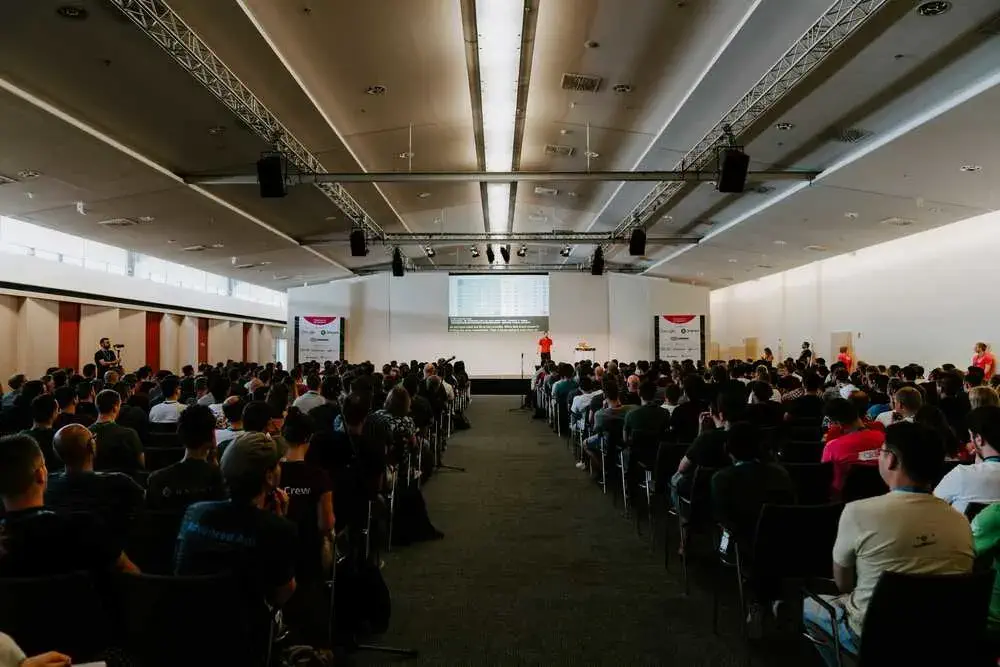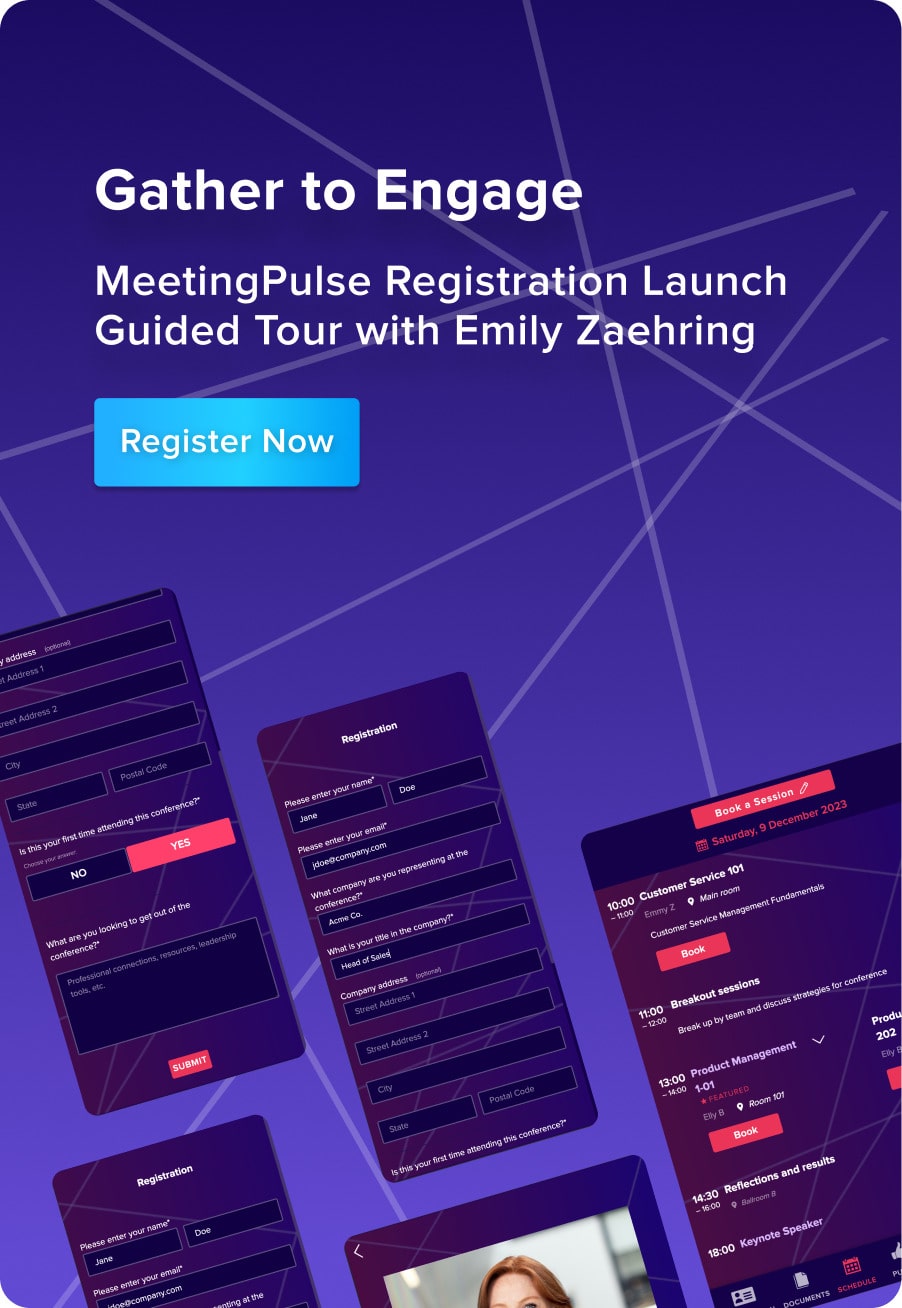Town hall meetings are some of the most important meetings you’ll attend. If you’re the one making the presentation and hosting, town hall meetings are a great opportunity to show your leadership skills and get everyone on the same page. They also set a precedent for hard work and positivity going forward.
It’s important to be as prepared as possible before getting up on that stage. If you don’t quite know where to begin, keep on reading and follow this simple guide.
What Is a Town Hall Meeting?
‘Town Hall’ comes from the 17th century New England “town” meetings where the community comes together to discuss important community and town-wide issues. The idea is similar in regards to business, except the discussion revolves around the townspeople and their concerns.
A town hall meeting is a meeting that includes (ideally) all employees. It’s an opportunity to get the entire company on the same page, take input from employees, and engage with leadership. Most important, it’s an engaging, fun, and informative get-together.
Typically, executives will present high-level, key initiatives, followed by a Q&A session. Its best practice to get the audience engaged for feedback and dialogue. The idea is to reach as many people as possible to better inform the public as a whole.
Town hall meetings are a key way companies build a sense of community and purpose by aligning company purpose.
Importance of Town Hall Meetings
The importance of town hall meetings can’t be stressed enough. Again, this is one of the only times that you’ll have all of, or at least most of, your employees under the same roof. It offers a rare opportunity to get everyone motivated, up-to-date, and on the same page.
Plus, it’s a pretty great way to let people know what kind of leader you are, and remind them why they should be excited about their company.
Considering this, a town hall meeting isn’t something you want to take lightly. It’s important to keep the audience interested and engaged with what they’re hearing. Town Hall meetings are important, so they need to feel important.
A memorable town hall meeting will be talked about long after it’s over. It’ll re-enthuse your employees and get them excited for what’s to come. It’s also a great way to show transparency and make your employees feel cared about. So yeah, it’s a pretty important meeting.
But don’t stress! There’s a lot you can do to make town hall meetings go buttery smooth and have a great time with your employees in the process.
Three Pillars of Audience Engagement
If you want to hold a successful town hall meeting, it’s important to remember these three pillars of audience engagement:
Feedback
It’s crucial to make sure your employees feel heard. Engage with them by asking for their input and respond in meaningful ways. Let them give their feedback and give feedback in return. Even if it’s not Q&A time, take feedback from any hand that may rise or use a tool like MeetingPulse to make it more efficient. Show that you’re aware, willing to take feedback, and always respond positively.

Collaboration
Collaborate with your audience. Getting on stage and talking at your audience rather than with them feels more like a lecture than a conversation. Keep your tone casual and implement collaborative practices into your meeting to keep them fully engaged.
Having a collaborative town hall meeting sets the precedent for work going forward. It lets the team know that they’re invited to share their insight and that their opinions matter.
Questions
It’s important to not only answer questions but to ask questions. You can do this even before the Q&A with polls and surveys. These can be conducted during the presentation. Just make sure to fit it into your agenda.
Polls are a great way to get feedback in an interactive way that makes the audience get involved and feel listened to. Surveys let you learn more about the audience members, allowing you to use that data to make more informed decisions or actions.
When it comes to questions, you also want to let the audience have a turn. This is another way for them to feel heard. Give your audience straightforward, informed answers. Don’t dismiss an audience member’s questions — there’s no such thing as bad questions.
Related: How to Create an Anonymous Survey for Your Employees
Expert Planning
The effort you put into preparing for your town hall meeting will be evident to your audience and employees. It will tell them right away how much you care, and in turn, how much they should care about the meeting.
Having a clear and defined objective will show strong leadership, and get everyone on the same page.
Set a detailed agenda about what you intend to cover and make it available as soon as possible so that your attendees know what to expect and can prepare accordingly. Stick to this agenda as well as you can so that there is a sense of focus. Rehearse the presentation as much as you can. Smooth delivery and clear communication will give your employees more confidence in what you’re saying.
Town Hall Meetings: More Strategies that Work
Try following these innovative strategies. Using these will make your presentation go smoother, and hold the audience’s interest.
Play Some Music
Playing music before your town hall meeting helps your audience feel relaxed. It also gets them excited for what’s to come. Playing some upbeat music makes the meeting feel exciting before anyone even gets on stage.
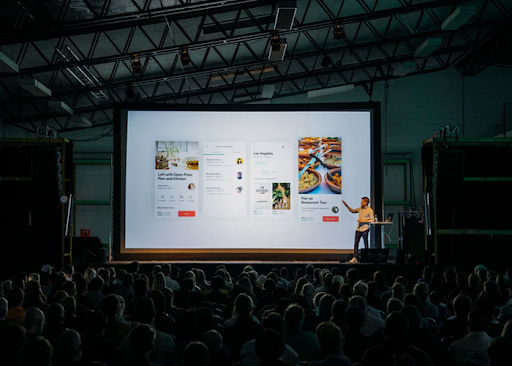
Use Visuals
This is a classic presentation rule. If you’re using images and slides, don’t overfill them with words and jargon. Use visuals (graphs, images, even memes) to keep the audience engaged and interested.
Don’t Take it Too Seriously
Try to keep your tone conversational and casual. Don’t act like Mr. or Mrs. Big-Shot, and don’t mumble or use a monotone voice. A good speaker will speak clearly, speak naturally, and won’t be afraid to throw in a few jokes here and there to break up the business talk.
Keep it Minimal
Cut out as much fat as you can. Don’t use too many slides, and keep your slides concise and easy to understand. If there’s anything in your presentation that feels unnecessary, cut it — once the audience starts feeling bored it’s going to be hard to get them back.
Allow Ample Time for Q&A
You don’t want to rush through your presentation. You also don’t want to rush through the Q&A session. You should treat the Q&A segment with as much weight as your presentation.
Don’t rush through or brush off questions. Take time to answer, and make sure your Q&A is just as engaging as your presentation.
Use technology like MeetingPulse…and do all of the above! Audience engagement tools like MeetingPulse can help an audience feel like they matter more by increasing engagement between you, the presenter, and your audience.
MeetingPulse lets you broadcast live Q&A sessions, take polls, and engage in fun quizzes during your meeting. You can collect responses and feedback in real-time with sentiment charts to measure the “pulse” of the room. It’s a great way to get a sense of the flow of the meeting and whether or not everyone is engaged.
You can attach documents like agendas to encourage collaboration, and use the Q&A feature to ask questions. Any questions you don’t have time to answer can be saved for later since you’re collecting them digitally. You can also create raffles with MeetingPulse and incorporate fun visuals.
A comprehensive tool like this will help you engage your audience on multiple levels.
Meeting Your Bottom Line
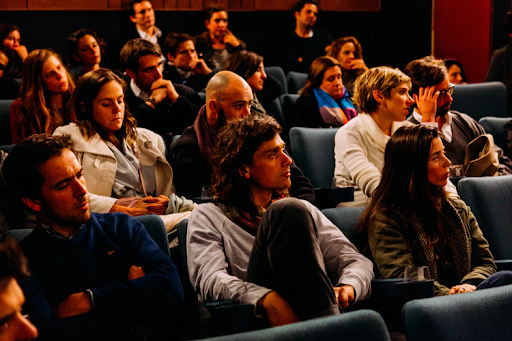
Follow the above strategies and you’ll find it a lot easier to follow your agenda and meet your goals. A visual presentation with minimal slides will ensure you’re not droning on over the given time. An ample Q&A is one of the best ways to make your employees feel heard, and will leave them on a positive note.
You can slot MeetingPulse anywhere into your presentation. It is one of the few things that your audience probably won’t mind going a little over-time. Plus, MeetingPulse polls and Q&A sessions work as a way to predict the possible tone of the upcoming Q&A.
Try your absolute hardest to stick to the agenda. Sometimes things get derailed or go a little long, but it’s important to try and minimize this. If you lose your audience, it can be hard to get them back.
The most important thing is to practice, practice, practice. Practice in front of other executives, friends, and take feedback through the whole process. That way, it’ll be easier to cut the fat and reach your perfect timing.
Any presentation is stressful even for the most talented speakers. The more you practice the strategies above, the less stress you’ll feel. With ample practice and strategizing, the town hall meeting will seem like a walk in the park!
It’s Time to Rock That Town Hall Meeting
Follow these simple guidelines and you’ll be ready to rock any upcoming town hall meetings. There’s no better feeling in the world than giving an engaging, memorable presentation. Your employees get to know you better, and you’ll gain a massive confidence boost in your leadership skills.
Get that agenda going, hone in the skills given here, and practice, practice, practice. Do this and you can’t go wrong. To get set up with MeetingPulse, visit our features page and see what we can do for you. We’d be happy to help.
